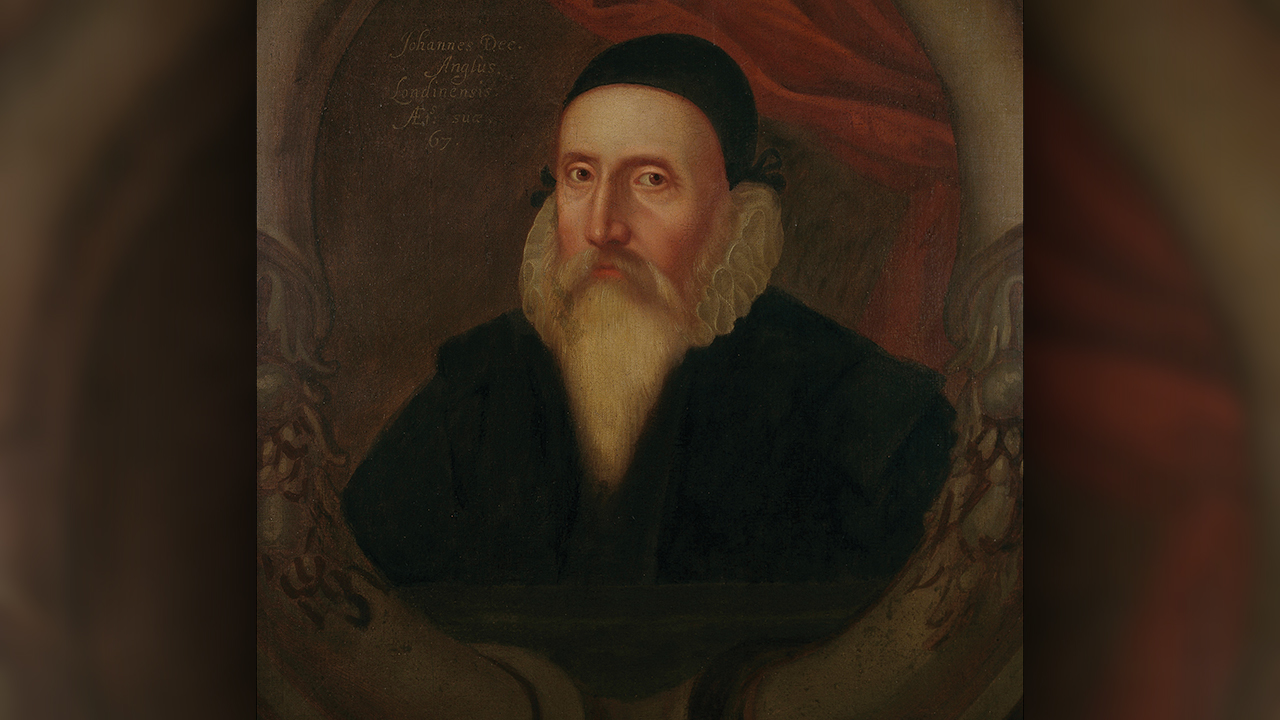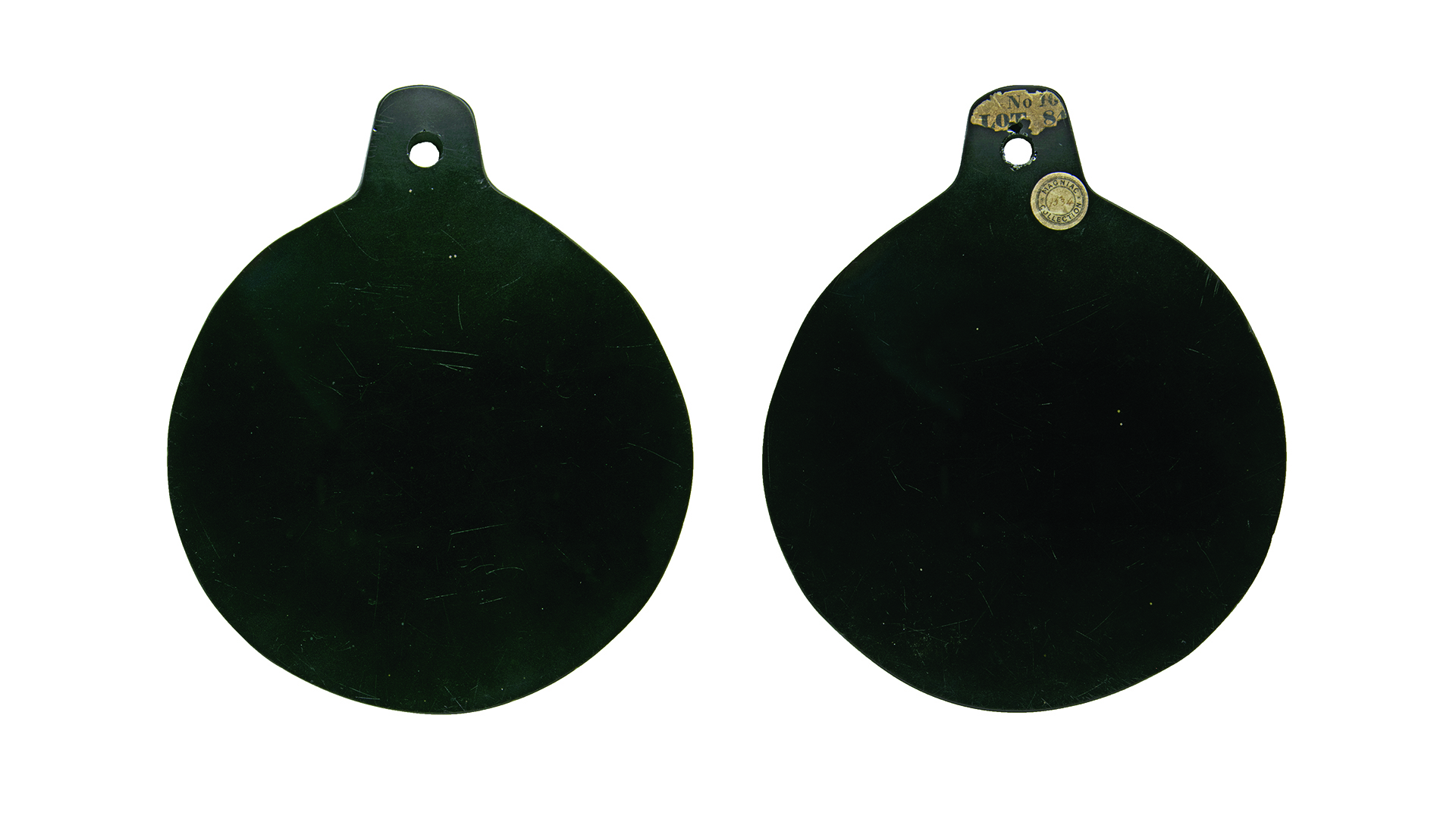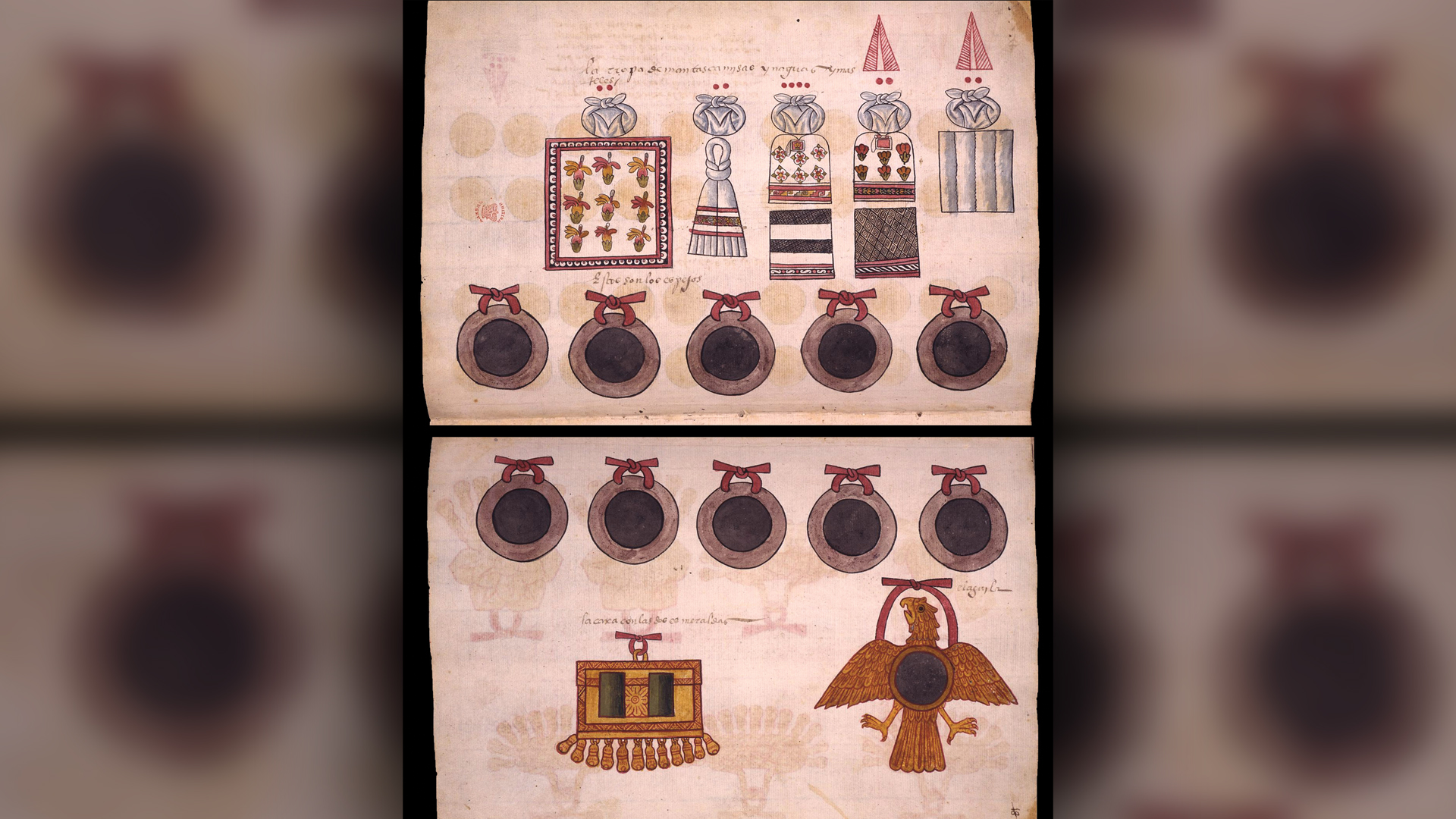'Spirit mirror' used by 16th-century occultist John Dee came from the Aztec Empire
Dee, whom Elizabeth I called "my philosopher," used the mirror in attempts to talk to ghosts.

The 16th-century courtier John Dee, a scientific adviser to England's Queen Elizabeth I, was also deeply involved in magic and the occult, and he tried to commune with ghosts, using a so-called spirit mirror made of polished obsidian.
Now, a new analysis of Dee's infamous mirror has finally traced its origins — not to the spirit world, but to the Aztec Empire.
Obsidian mirrors such as Dee's were known from Aztec culture, but there were no records on his mirror's origins. However, geochemical analysis enabled researchers to link the mirror's obsidian — a type of volcanic glass — to Pachuca, Mexico, a popular source of obsidian for Aztec people. This finding indicated that the artifact was Aztec and not a copy made from European obsidian, and Dee likely acquired the mirror after it was brought to Europe from Mexico, according to a new study.
Related: Archaeologists are hot on the trail of these 16 spectacular mysteries
Though Dee was a scientist and mathematician, his interests also swung toward the magical and mystical, and in addition to the spirit mirror, he owned other objects related to astrology, divination, alchemy and the exploration of "demonic magic," scientists reported Oct. 7 in the journal Antiquity.
Dee claimed that one of these objects, a purple crystal on a chain, was given to him by the archangel Uriel, along with instructions for making a philosopher's stone — the mythical alchemical marvel that promised the gift of eternal life and the ability to turn base metals into gold, according to the Royal College of Physicians (RCP) in London. Dee also possessed a Claude glass, a black glass mirror kept in a sharkskin case, which he used for "peering into the future," according to the RCP.
Dee's obsidian mirror, now in the collection of the British Museum in London, is polished on both sides and is nearly perfectly circular, measuring about 7.2 inches (18.5 centimeters) in diameter and 0.5 inches (13 mm) thick, and weighing about 31 ounces (882 grams). A perforated square tab at the top of the mirror measures about 1.3 inches (33 mm) long and may have served as a handle, according to the study.
Sign up for the Live Science daily newsletter now
Get the world’s most fascinating discoveries delivered straight to your inbox.

Inscriptions on notes that are stored with the mirror refer to it as "The Devil's Looking-glass" and "The Black Stone into which Dr Dee used to call his Spirits," according to the British Museum.
Drawings of mirrors that resemble Dee's appear in the Codex Tepetlaoztoc; this 16th-century Aztec pictorial manuscript was created by inhabitants of Tepetlaoztoc and depicts excessive tribute demands and other abuses of Indigenous people by Spanish conquistadors, according to the Metropolitan Museum of Art in New York City.

The Aztecs used obsidian mirrors for scrying — peering into the future — and for religious rituals. These mirrors were strongly associated with one god in particular: Tezcatlipoca ("smoking mirror" in the Nahuatl language), a creation deity in the Aztec pantheon and a god of sorcerers, according to the British Museum.
"In the period iconography, he's often shown with a severed left foot, and he's got an obsidian mirror in place of his left foot," said lead study author Stuart Campbell, a professor of Near Eastern archaeology at The University of Manchester in the United Kingdom. "Sometimes they appear on his chest; sometimes they appear on his head," Campbell told Live Science. "So there's quite a specific association with these types of mirrors and that particular deity."
The scientists analyzed Dee's mirror and related objects in the British Museum collections, including one rectangular obsidian mirror and two circular ones, using a portable X-ray fluorescence instrument. They then compared its chemical "fingerprints" — ratios of elements such as iron, titanium and rubidium — with ratios in samples of obsidian mined from different parts of Mexico.
"Because obsidian only occurs in very specific volcanic locations, it's almost always got a very distinct chemical profile," Campbell explained. "If you do a detailed chemical analysis, very often you can use that to assign it to a unique original source."
Their analysis showed that Dee's mirror — and a circular mirror that was similar to Dee's — were close matches to samples from Pachuca, a region in Mexico that was under Aztec control and "was the most heavily exploited" of the known obsidian resources for the Aztec Empire, according to the study.
At the dawn of the 16th century, obsidian mirrors that were crafted by Aztec people had a specific cultural context "with a set of very specific cultural meanings in the Aztec Empire," Campbell said. When colonizers brought those mirrors to Europe, they also transplanted the idea that mirrors could be used to peer into the future or contact other worlds, he explained.
After Dee acquired his mirror and began using it for magical rituals, "it gained a whole new life and a whole new set of meanings — and it's continued to acquire those," Campbell said. "So, it now sits in the British Museum as an occult artifact. It's got its own biography and its own impact in the world. I think, because of that, it's a particularly fascinating object."
Originally published on Live Science.

Mindy Weisberger is an editor at Scholastic and a former Live Science channel editor and senior writer. She has reported on general science, covering climate change, paleontology, biology and space. Mindy studied film at Columbia University; prior to Live Science she produced, wrote and directed media for the American Museum of Natural History in New York City. Her videos about dinosaurs, astrophysics, biodiversity and evolution appear in museums and science centers worldwide, earning awards such as the CINE Golden Eagle and the Communicator Award of Excellence. Her writing has also appeared in Scientific American, The Washington Post and How It Works Magazine. Her book "Rise of the Zombie Bugs: The Surprising Science of Parasitic Mind Control" will be published in spring 2025 by Johns Hopkins University Press.










